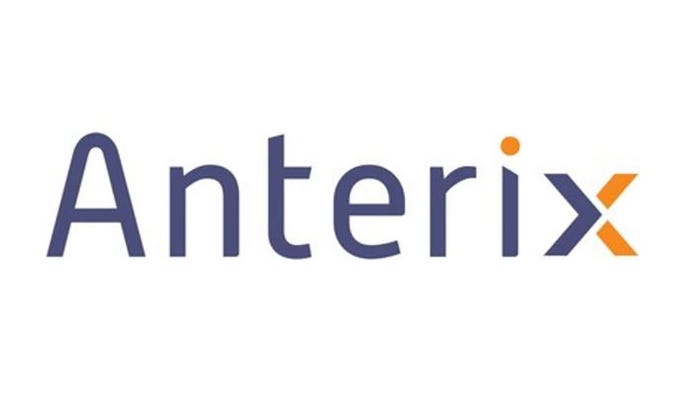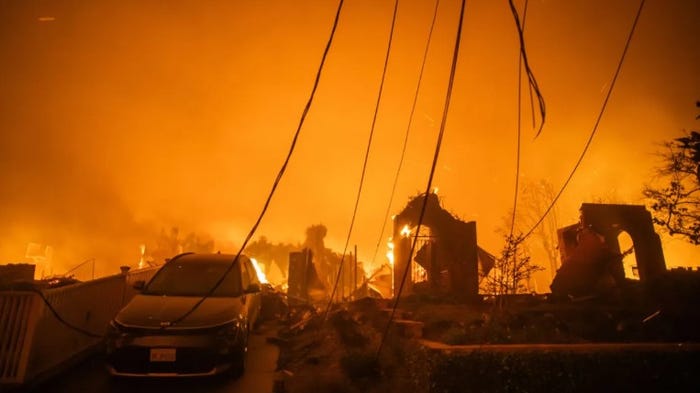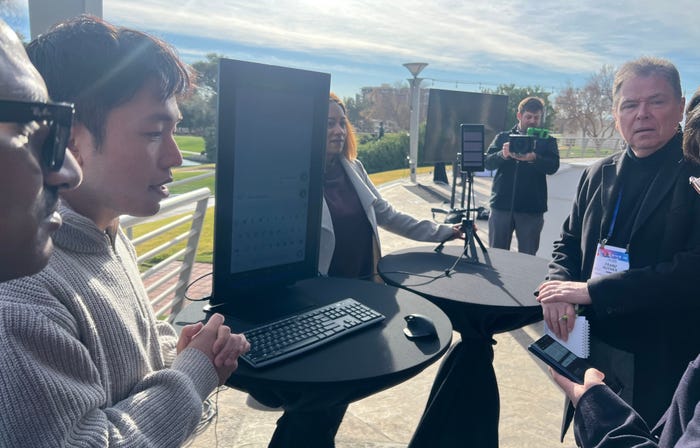Beyond the hypeBeyond the hype
LTE base stations are quite different from today's LMR repeater sites, with positive and negative implications.
June 1, 2010
In the August 2009 issue of this magazine, we discussed the technology behind Long Term Evolution (LTE), the fourth generation standard for cellular phones. LTE also will be the nationwide standard for public-safety broadband wireless networks. Three organizations — the Association of Public-Safety Communications Officials (APCO), the National Emergency Number Association (NENA) and the National Public-Safety Telecommunications Council (NPSTC) — have endorsed LTE as the technology standard for the proposed 700 MHz national broadband network for first responders. At the time of this writing, the FCC had not released spectrum for public-safety agencies to construct LTE networks, but when these organizations get the green light, it will be important to understand how LTE networks are constructed and how their base stations differ from LMR repeater sites.
LTE refresher. Public safety seeks to exploit the economies of scale created by a worldwide commercial wireless network based on a single standard. LTE is fast, with peak data rates of 100 Mbps downlink and 50 Mbps uplink (assuming a 2 × 20 MHz channel). Downlink and uplink are decoupled for the first time in a cellular network. Third generation and older systems use Frequency Division Duplexing (FDD), which means that one band of frequencies is used for the downlink (base station to mobile user) and another band of frequencies is used for the uplink (mobile user to base station). Such a system uses spectrum inefficiently when the traffic is unbalanced, i.e., when there is more traffic on the downlink than the uplink. LTE offers both FDD and Time Division Duplexing (TDD), which means the uplink and downlink speeds need not be identical, so operators can better optimize their networks to use more uplink channels. LTE also is IP-based, so all traffic, including voice, is packetized. Advantages of LTE over earlier technologies include high throughput, low latency and a simple architecture resulting in low operating costs. LTE also supports seamless connection to existing 2G and 3G networks, including GSM, CDMA, UMTS and EV-DO.
LTE employs orthogonal frequency division multiplexing (OFDM), which is the same technique used by Wi-Fi and WiMAX, but LTE devices are not necessarily interoperable with Wi-Fi or WiMAX. The waveform parameters for LTE are listed in Table 1.
Implications for network build-out. One of the first questions asked regarding a LTE network deployment is “How many base station sites are needed to provide adequate coverage?” The answer, as always, is “It depends.” Does the user require service to vehicles with rooftop antennas or to indoor handheld users? What minimum bit rate is required? In general, the higher the bit rate, the greater the minimum signal that is required, and the smaller the coverage area per base station.
However, if one is comparing LTE, which nearly matches the theoretical capacity of the channel, with an older technology like Project 25, the differences in service threshold may not be as great as one might think. In multipath fading, a typical P25 radio provides satisfactory digital voice service at a threshold of -106 dBm. In contrast, an LTE radio link operating at its lowest bit rate of 750 kbps might require -102 dBm — only 4 dB shy of P25 performance — but it will provide a much higher throughput. The reader should note that the lowest bit rate depends on the particular configuration of LTE employed and on how the network is provisioned by the network operator.
The stark differences show up when higher bit rates are needed and low-power handheld devices are used. A city the size of Denver might operate a seven-site 800 MHz public-safety radio network with good in-building coverage, while a wireless operator in the same city operates a network with more than 100 cell sites covering the same geographical area. Many of these cell sites are needed for capacity rather than coverage, but it is likely that an LTE network still will dwarf any radio network the public-safety agency previously has deployed.
The sheer number of sites creates backhaul issues. For reliability reasons, public-safety agencies favor licensed microwave links. But spectrum for licensed microwave is a scarce resource and wireless operators typically rely on landlines, with microwave used only in exceptional cases. And LTE bandwidth requirements are eye-opening. Wireless operators are provisioning LTE cell sites with Gigabit Ethernet backhaul, while a typical trunked radio site might get by with a single T-1 line.
Land-mobile radio networks typically do not reuse radio frequencies in the same metropolitan area, but LTE networks operate all sites on the same frequency. Thus, high sites that work great for LMR may cause excessive co-channel interference in an LTE network.
Unlike most LMR systems, LTE employs antenna diversity and sites with multiple-in, multiple-out (MIMO) technology that may have four antennas per sector. Twelve antennas per site is not an uncommon configuration. Consequently, rooftop and tower leases that charge a fee for each antenna should be avoided.
The good news is that LTE infrastructure size, weight, power and costs are considerably lower per site than cellular 3G infrastructure or trunked radio infrastructure. Backhaul is TCP-IP and network protocols and management tools will be familiar to the agency’s IT department.
Further, modern radio systems are integrated with the antenna and outdoor cabinets are the norm — no shelters are required.
LTE infrastructure requirements are daunting and one can see why the FCC envisioned a shared network between a nationwide commercial provider and public safety. The commercial wireless operator can spread its costs over millions of subscribers, while the public-safety agency has more modest subscriber counts and a much smaller budget. Because of those comparatively smaller budgets, it may not be feasible for public safety to go it alone regarding LTE, despite its lower equipment costs relative to 3G.
Jay Jacobsmeyer is president of Pericle Communications Co., a consulting engineering firm located in Colorado Springs, Colo. He holds bachelor’s and master’s degrees in electrical engineering from Virginia Tech and Cornell University, respectively, and has more than 25 years experience as a radio-frequency engineer.
Related Stories
TABLE 1: LTE Waveform Parameters
Channel bandwidth | 1.4 MHz | 3 MHz | 5 MHz | 10 MHz | 15 MHz | 20 MHz |
|---|---|---|---|---|---|---|
1 resource block=180 kHz | 6Resource blocks | 15Resource blocks | 25Resource blocks | 50Resource blocks | 75Resource blocks | 100Resource blocks |
Modulation schemes | Downlink: QPSK, 16 QAM, 64 QAMUplink: QPSK, 16 QAM, 64 QAM (optional for handset) | |||||
Multiple access | Downlink: OFDMA (orthogonal frequency division multiple access)Uplink: SC-FDMA (single carrier frequency division multiple access) | |||||
MIMO technology | Downlink: Wide choice of MIMO configuration options for transmit diversity, spatial multiplexing and cyclic delay diversity (maximum 4 antennas at basestation and handset)Uplink: Multi-user collaborative MIMO | |||||
Peak data rate | Downlink: 150 Mbps (UE category 4, 2 × 2 MIMO, 20 MHz)300 Mbps (UE category 5, 4 × 4 MIMO, 20 MHz)Uplink: 75 Mbps (20 MHz) |



